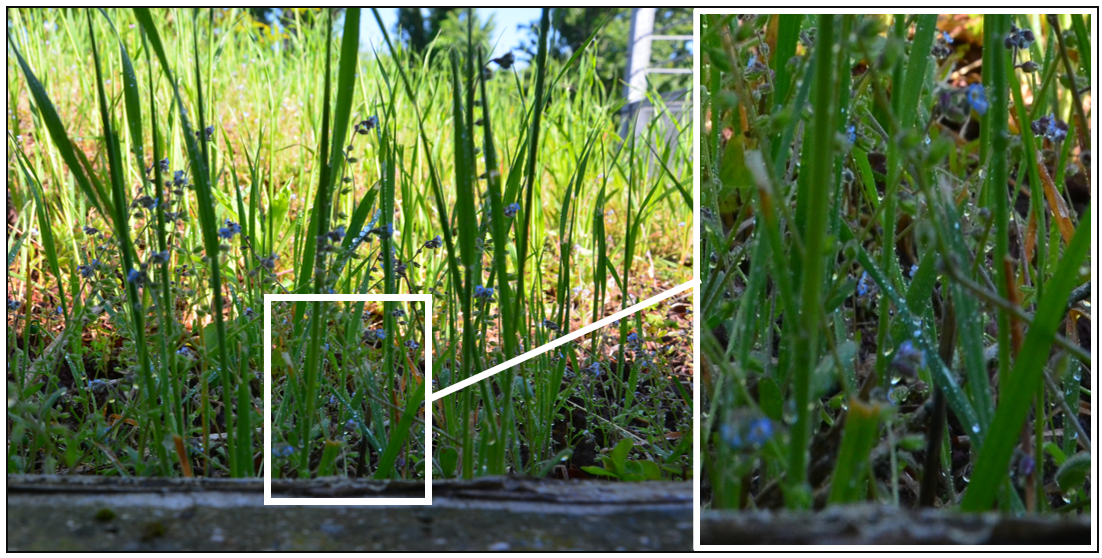
July 18, 2025
Condensation results from an increase in relative humidity up to 100%. There are two main causes that can be at the origin of this phenomenon:
This physical phenomenon is very common, especially in humid areas, poorly ventilated homes or places subject to significant thermal variations.
The amount of water vapor that the air can contain depends directly on the ambient temperature. The hotter the air, the more steam it can hold. As the temperature falls, that ability decreases. If the air is already saturated with water vapor, a drop in temperature can cause condensation to appear.
During the day, the temperature rises, the saturation threshold increases, which decreases the relative humidity.
At night, the temperature falls, the saturation threshold falls and the relative humidity rises. If it reaches 100%, condensation appears in the form of dew, fog or droplets on cold walls.
💡 This explains, for example, the fog up on the windows in the morning or on the cars parked outside.

A cold spot is a surface whose temperature is lower than that of the ambient air. The humidity in the air will then condense at this precise location.
Common examples:
👉 This type of localized condensation can lead to mold, bad odors, and even structural damage in the long term.

When liquid water evaporates in an enclosed environment, it causes the ambient humidity to rise to a critical level. If there is insufficient ventilation, condensation is unavoidable.
These inputs rapidly increase the humidity level in the air, especially if no ventilation is planned.
These situations create a permanent humid climate, encouraging not only condensation but also the development of fungi and pathogens.
Regular ventilation or the installation of a VMC makes it possible to maintain the correct ambient humidity and to evacuate water vapor.